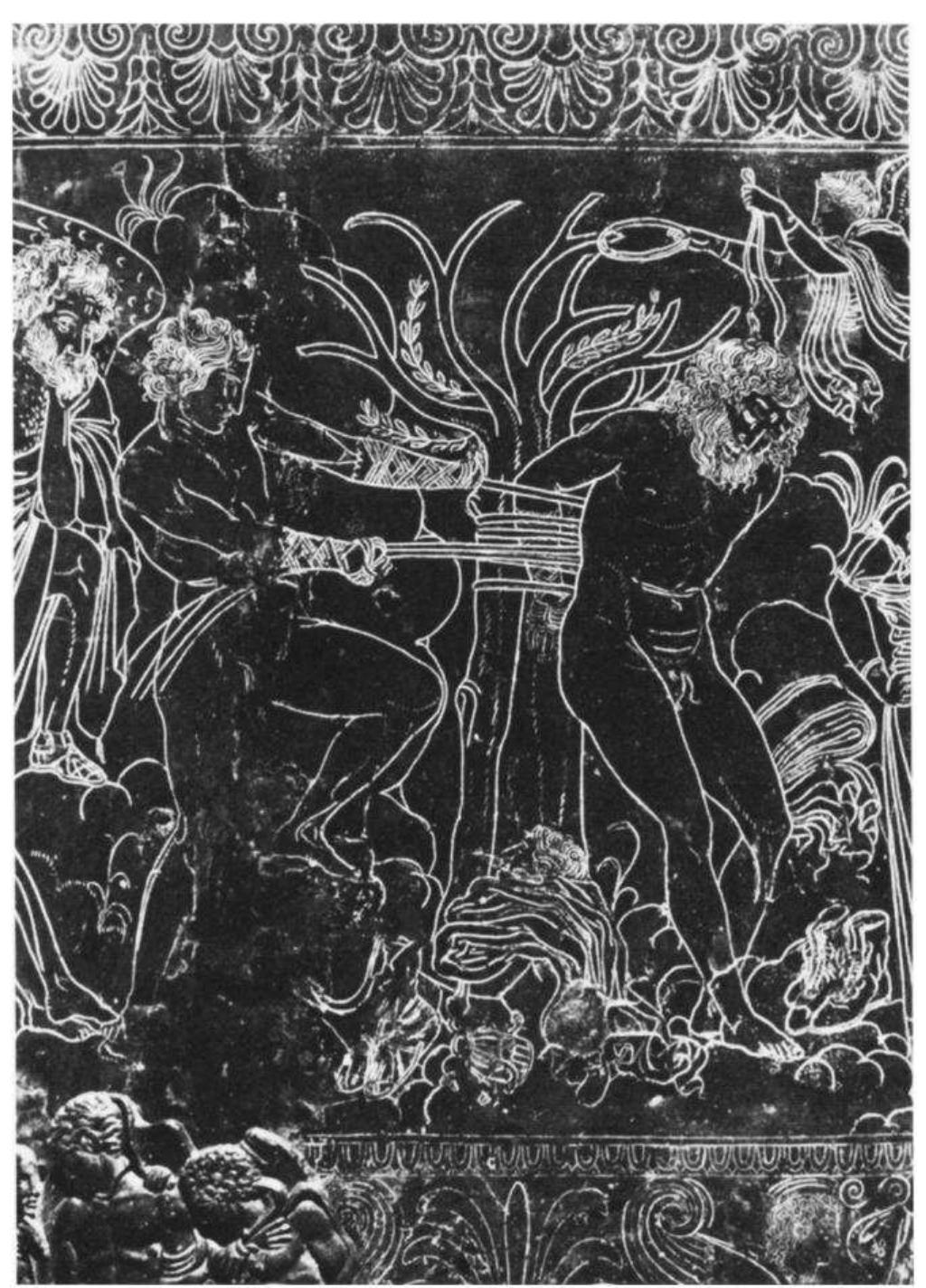Key research themes
1. How do Apulian vases depict and integrate mythological narratives to communicate funerary beliefs and social identities?
This research theme explores how iconography on Apulian painted vases, particularly funerary ceramics, conveys mythological narratives that reflect local funerary beliefs, cult practices, and social identities, especially in the context of funerary rituals for elites and women. The theme underscores the significance of myth as a metaphor for death, escape, identity formation, and social status within both Greek and Italic cultural milieus in Magna Graecia.
2. What are the artistic and iconographic strategies used in Apulian vases to depict mythological battles and their political or cultural implications?
This theme investigates the representation of epic mythological battles, such as the Gigantomachy, on Apulian vases, examining how compositional complexity, figure arrangement, and iconographic innovations communicate cultural values, reinforce political ideology, or reflect Hellenistic artistic influences. It encompasses studies of specific vases, their reconstruction, and their iconographic contexts within South Italian vase painting.
3. How do Apulian vase depictions of musical instruments and social games reflect cultural values and gender dynamics?
This theme analyzes the iconography of musical instruments, especially the Apulian rectangular cithara, and banquet games such as kottabos, as represented on Apulian red-figure pottery. It focuses on interpreting how these visual elements narrate social occasions, gender roles, and symbolic meanings in the cultural sphere of Magna Graecia, reflecting local musical traditions, erotic symbolism, and shifting social practices involving both male and female participants.















































































































